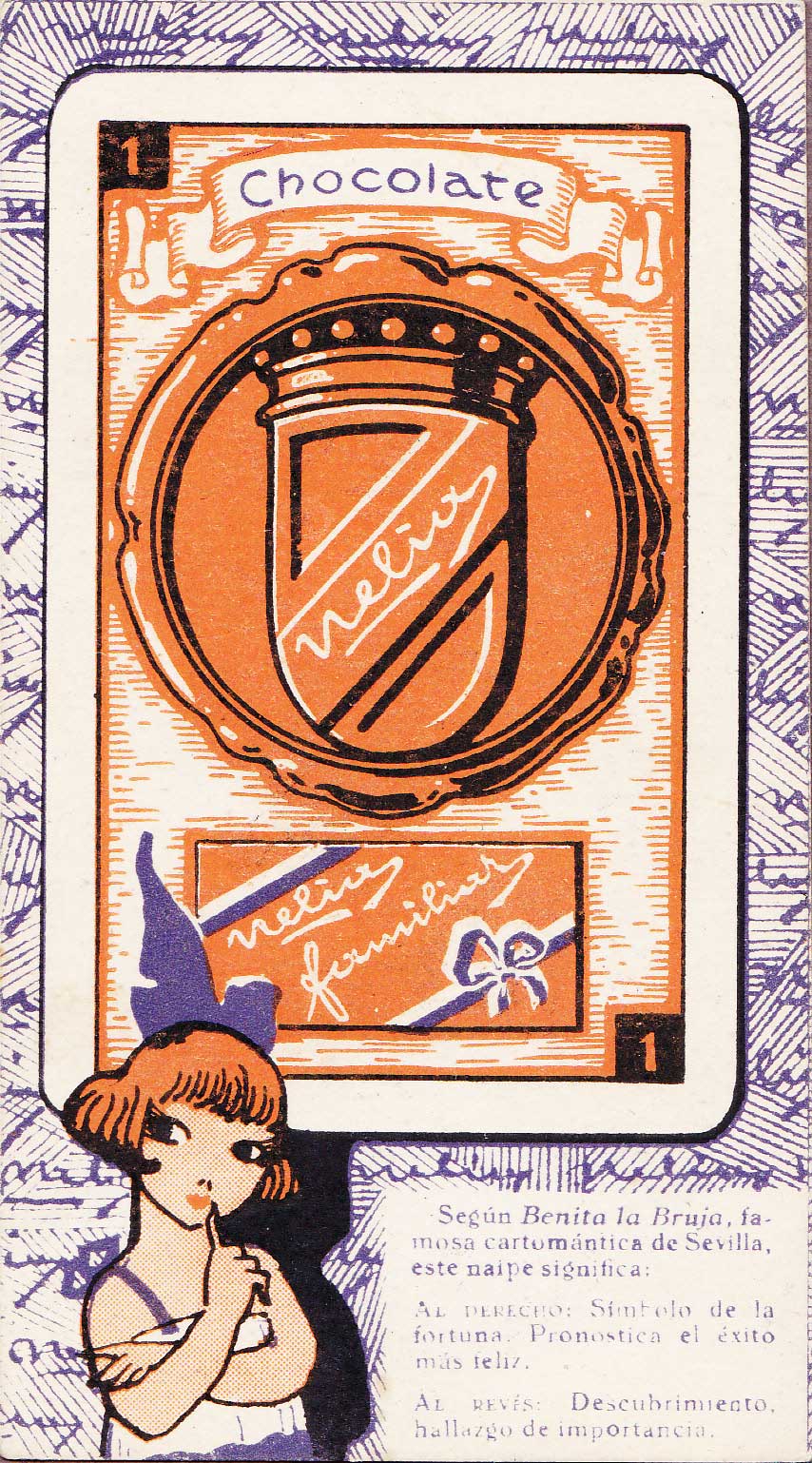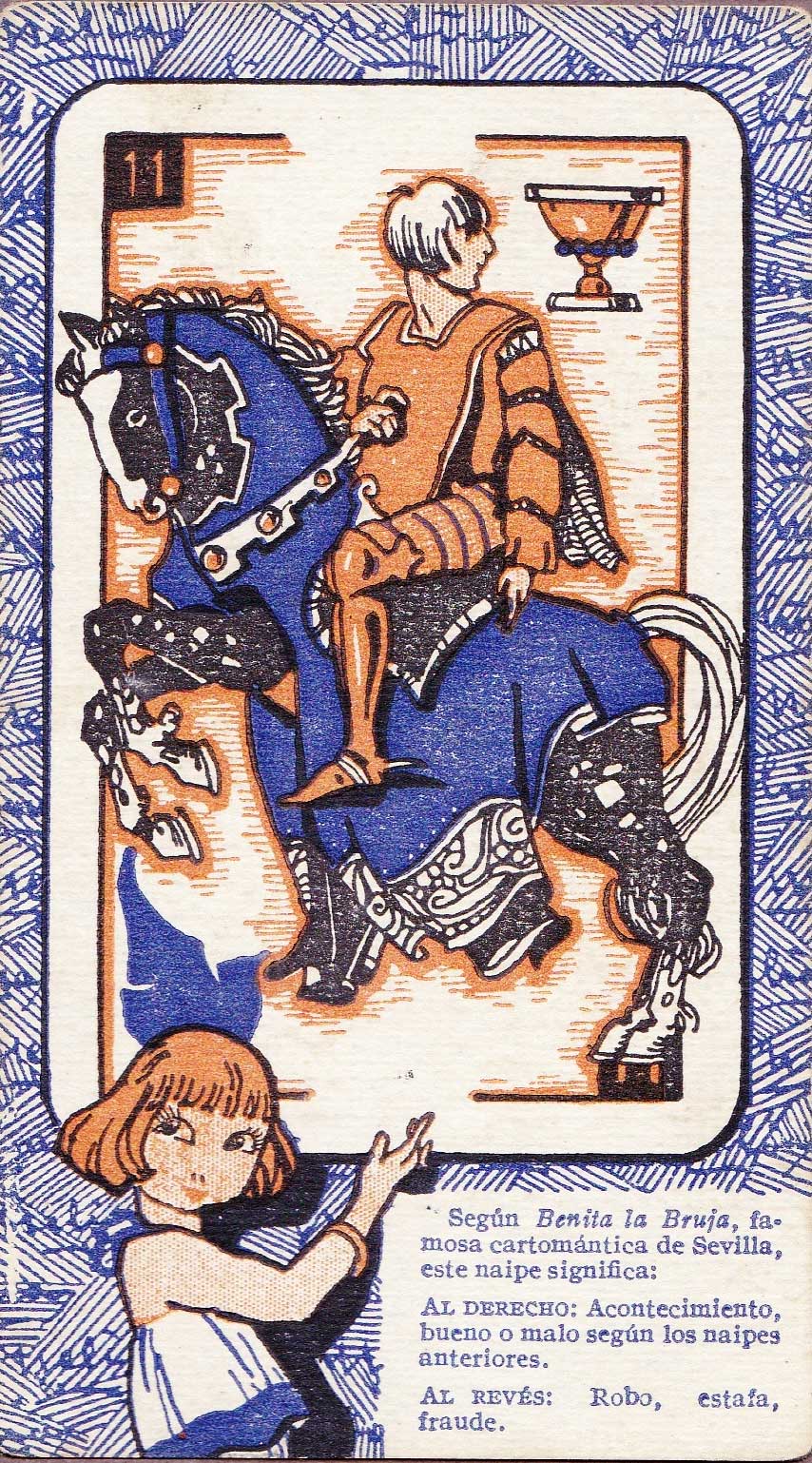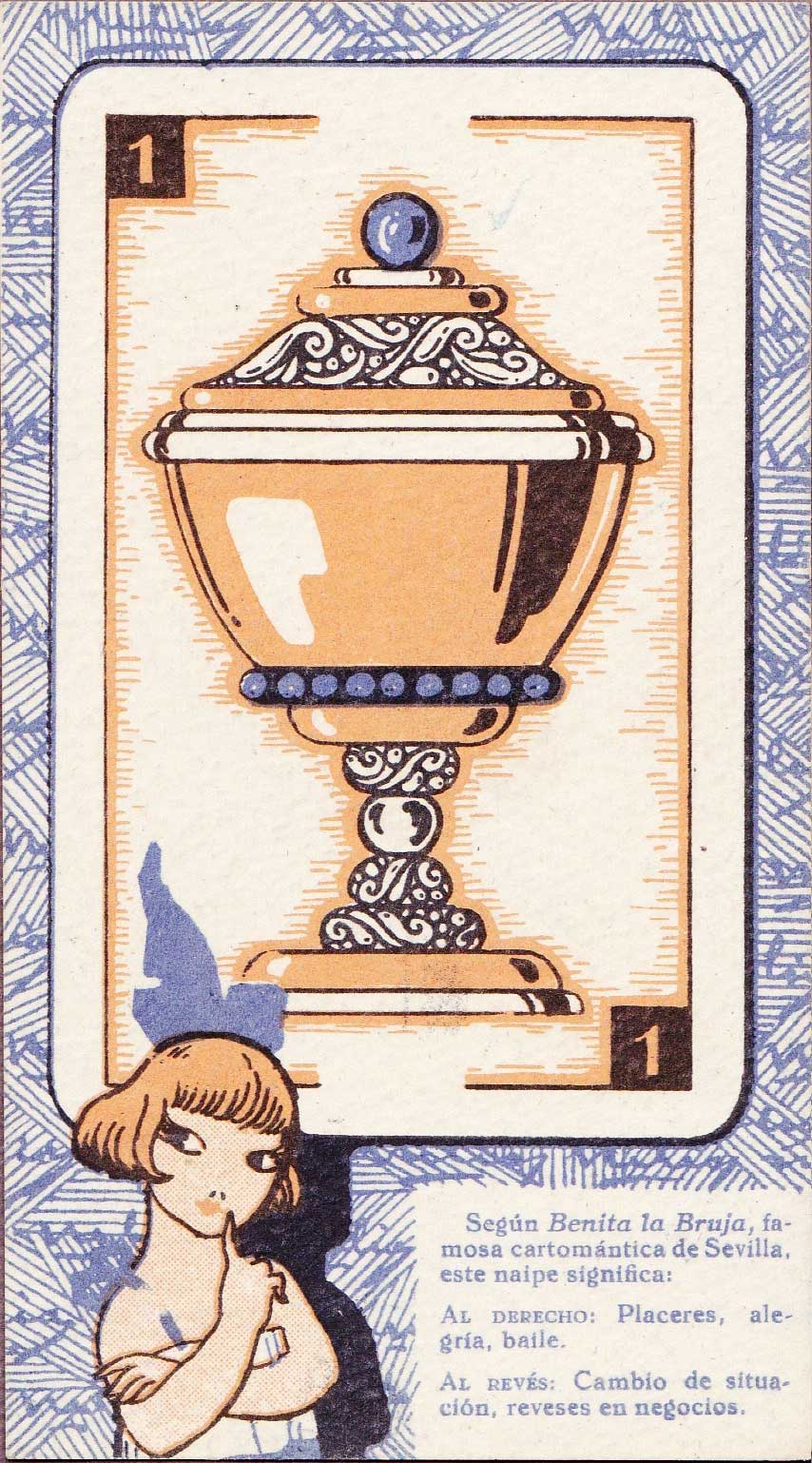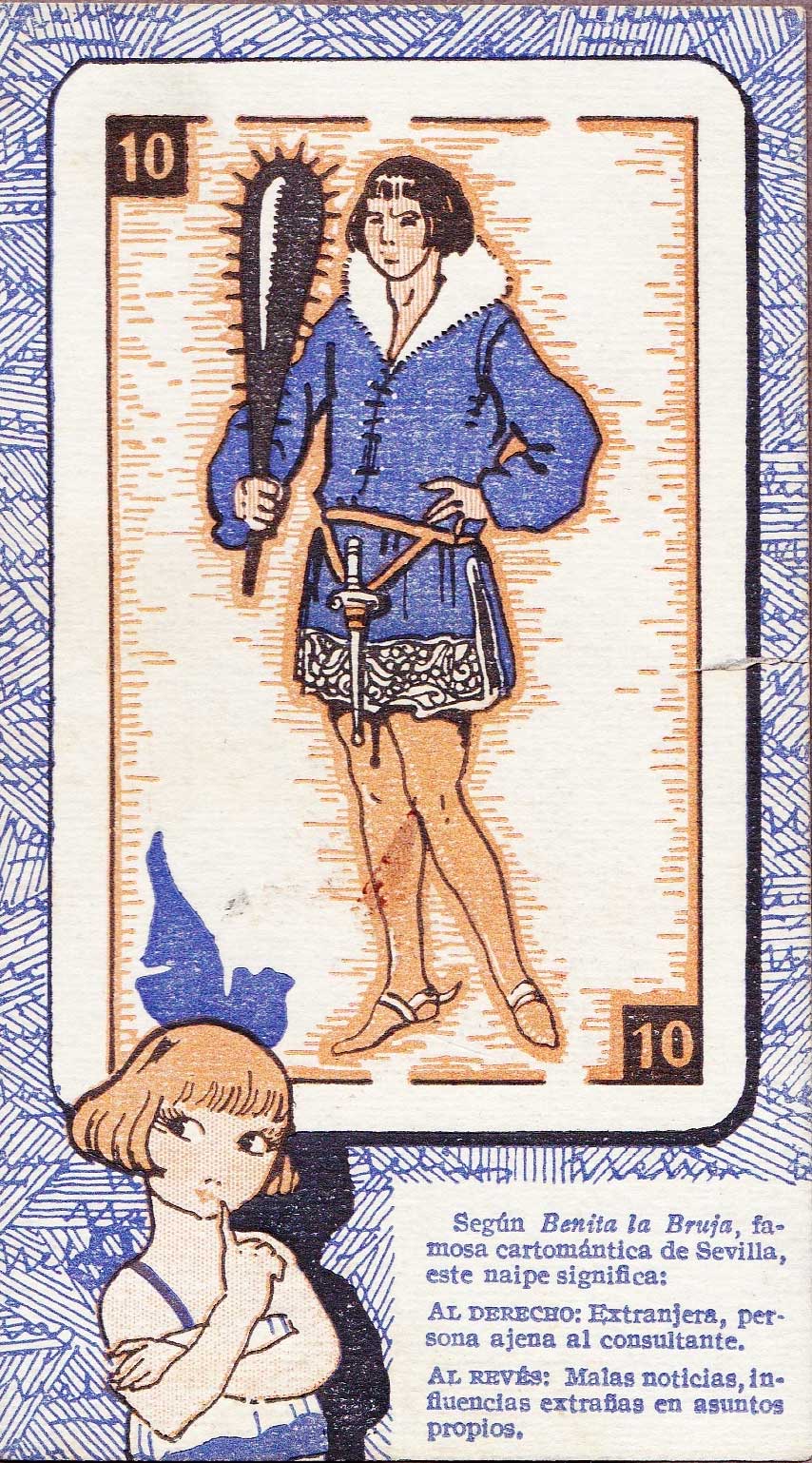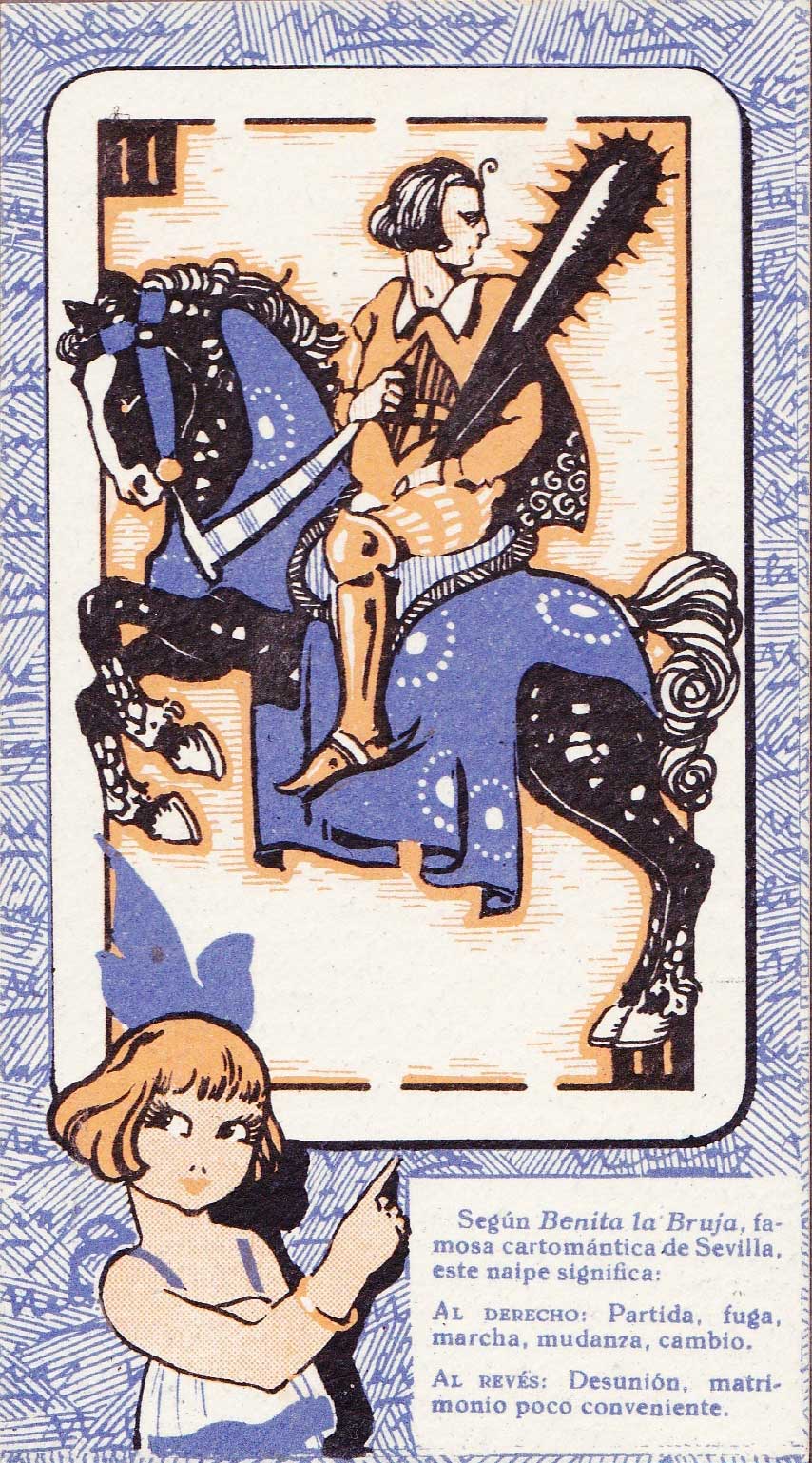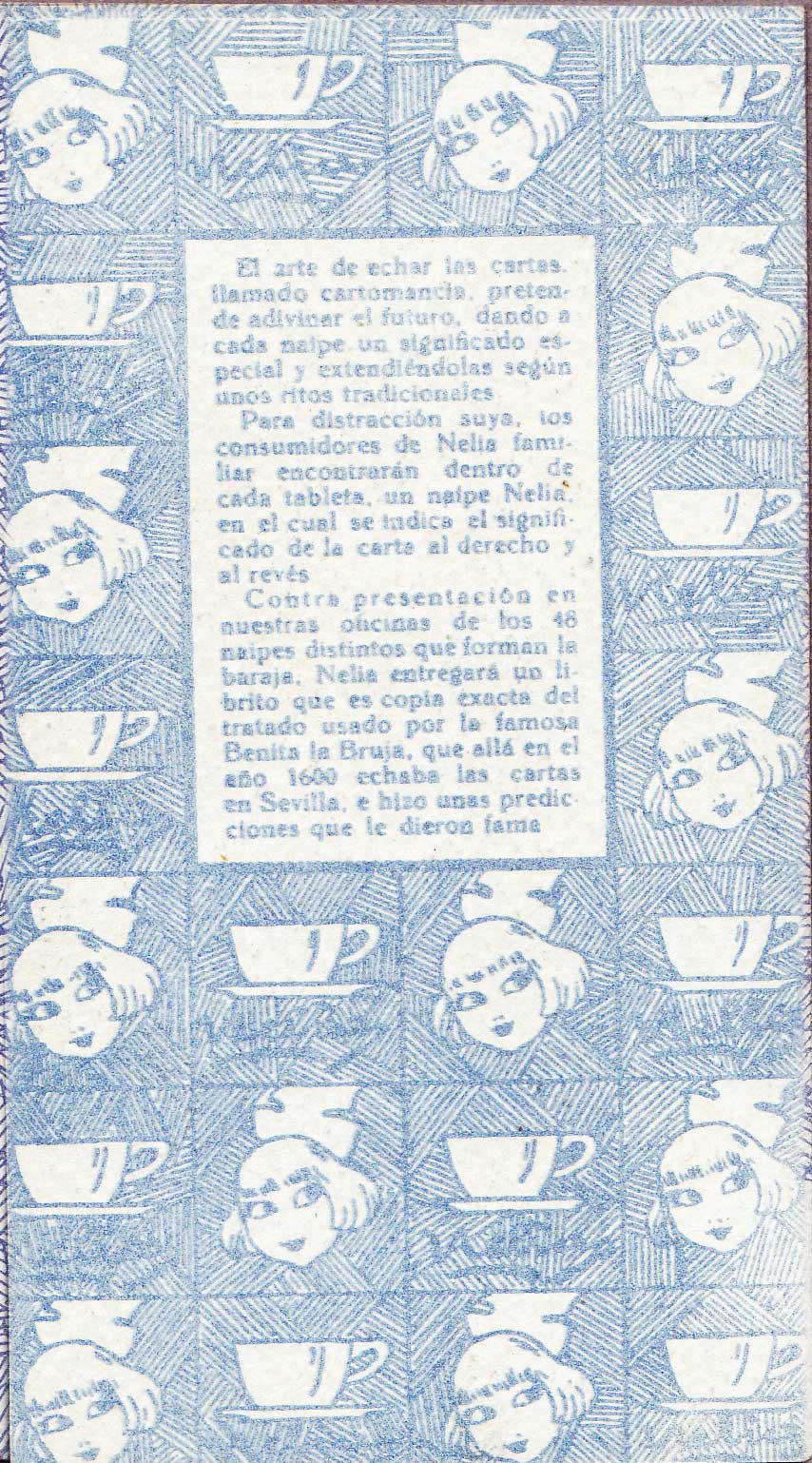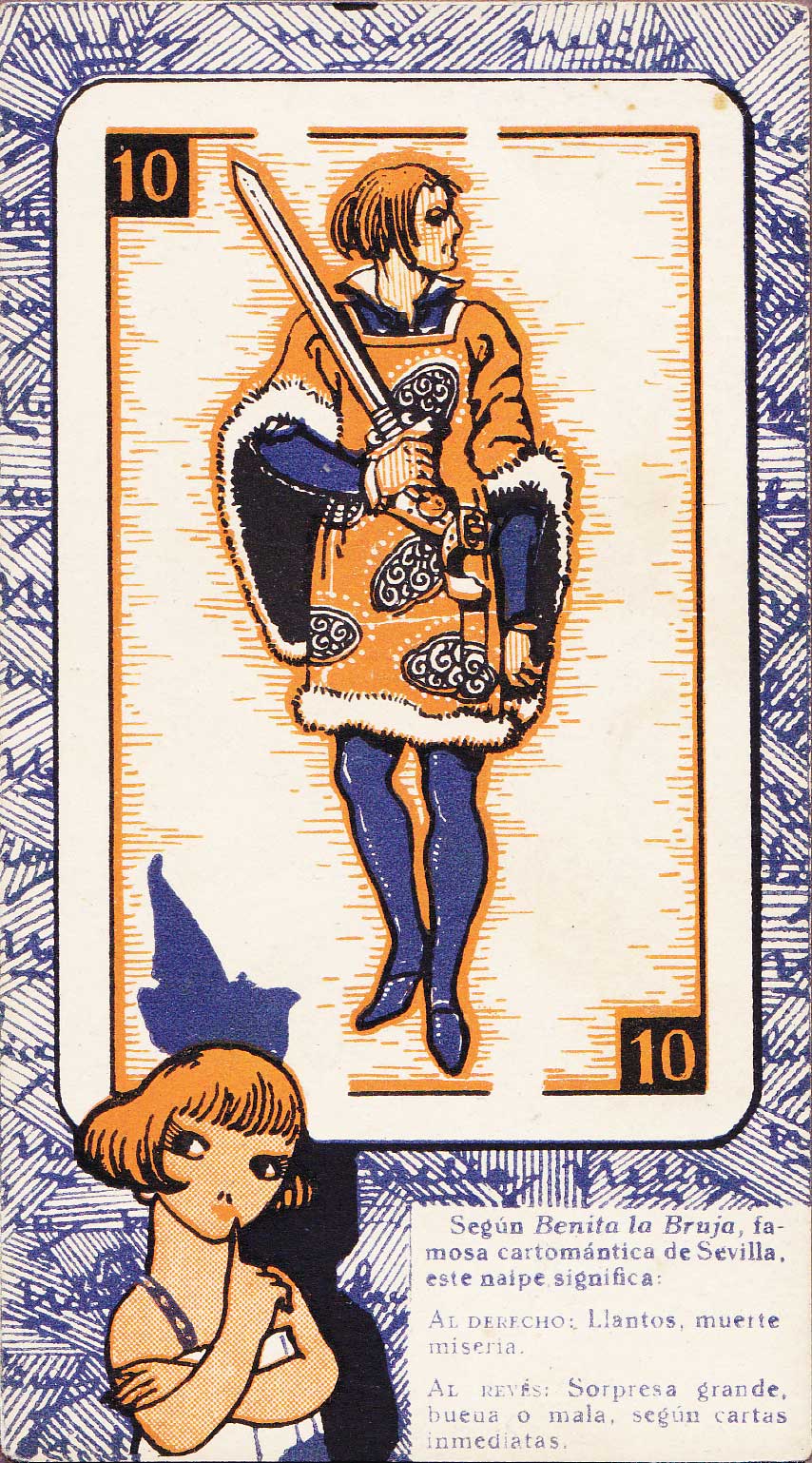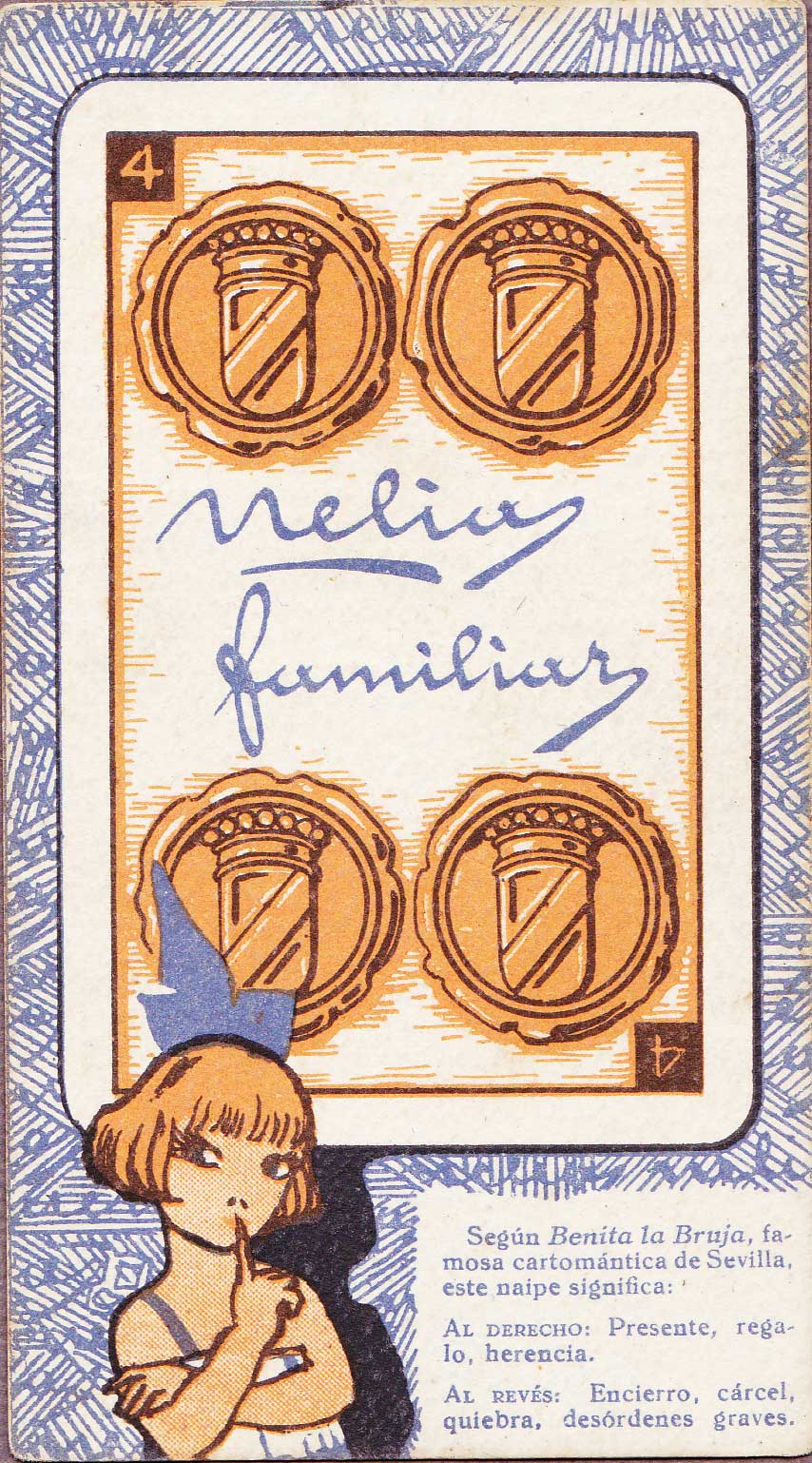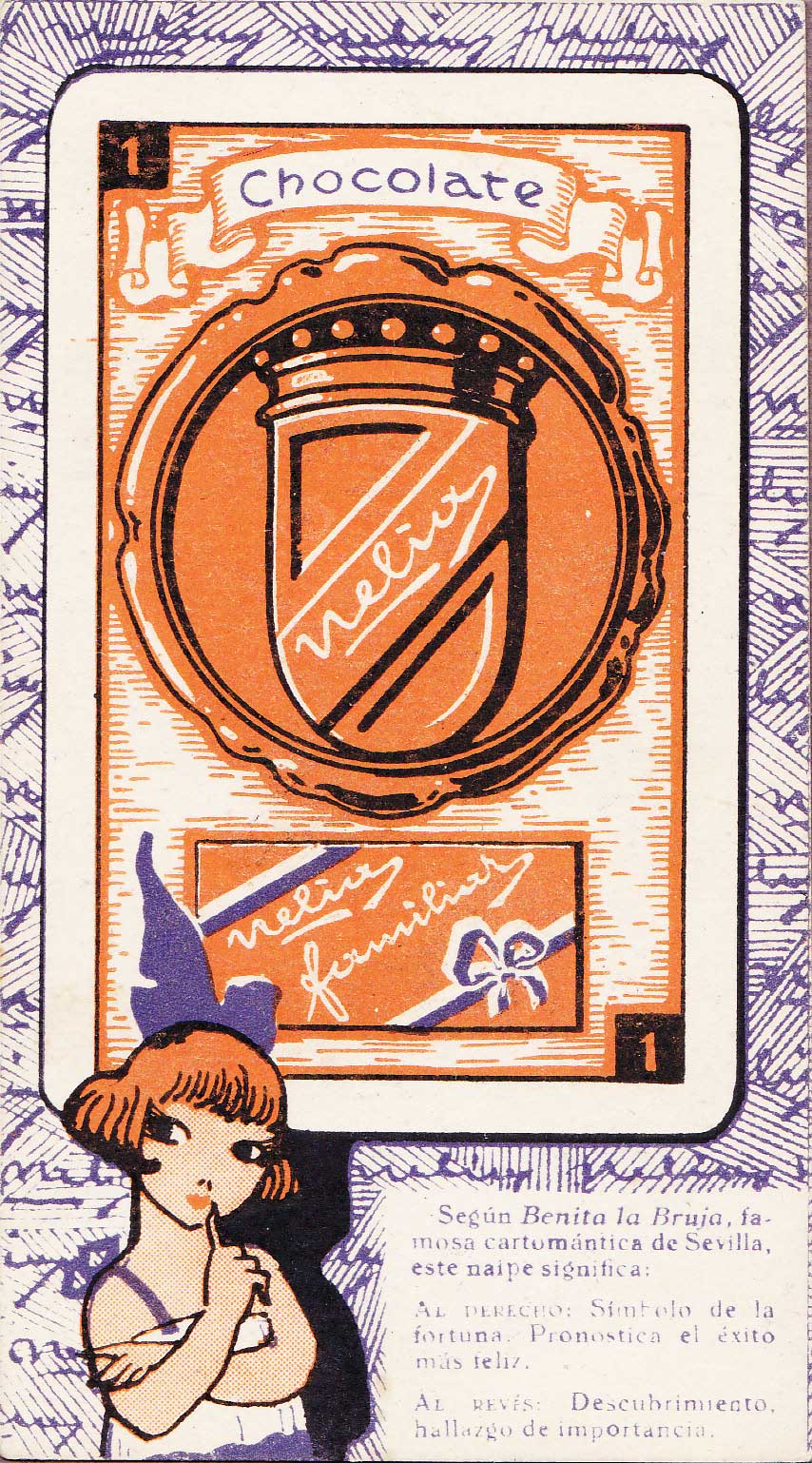Baraja Cartomántica Chocolates Nelia
Some examples of playing cards made in Catalonia from the collection of Iris Mundus, Barcelona.
Some examples of playing cards made in Catalonia from the collection of Iris Mundus, Barcelona.
Spanish advertising playing cards, or trade cards, cover a wide range of popular topics and interests including cinema, bullfighting, boxing and, of course, football. Information was often supplied on the cards about football teams, cinema stars, famous bullfighters or in the case shown (right), fortune-telling interpretations were given. Individual cards might be inserted inside packets of products such as chocolate, or printed on the wrappers or boxes, which could be collected, traded and assembled into full packs.
Baraja Cartomántica Chocolates Nelia
Right: Cartomancy deck published by Camil S.A., printed by Elzeviriana y Librería Camí (Barcelona) in 1932 with fantasy medieval designs. The cards were collected individually from inside packets of Chocolates Nelia. Each card features a divinatory interpretation for upright and reversed readings, provided by Benita la Bruja who sits at the bottom of the card. According to the text on the backs of the cards, Benita la Bruja was a famous card reader who lived in Seville around 1600. 48 large-size cards: 125 x 70 mm. Reference Iris Mundus 1194b.
Note: Iris Mundus was founded in Barcelona in 1965 by Neus Serrano and her husband Salvador Tena in order to pursue their passion for antiques.
• Biblioteca Digital Hispánica: Baraja cartomántica Chocolates Nelia, c.1932►
Es una colección de cuarenta y ocho naipes de cartomancia. En el recto de cada carta hay un texto relativo a su significado de Benita la Bruja. En respaldo de cada naipe hay el mismo texto explicativo: "El arte de echar las cartas...". En recto y respaldo aparece impresa la publicidad de los chocolates Nelia.
En la página 2 del libro aparecen los datos del taller: "Imp. Elzeviriana y Lib. Camí. Barna".
La baraja de naipes se acompaña de un libro "El arte de echar las cartas" de 75 p., con una introducción sobre la cartomancia, ejercicios y significado de los naipes españoles.
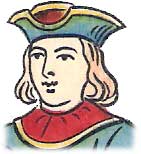
Two Examples of the Spanish Catalan Pattern
What is known today as the “Modern Spanish Catalan” playing card pattern (to avoid confusion with the French Catalan style) began to emerge with an identity of its own during the early 19th century and became fully developed by the end of the 19th century. It was primarily manufactured by makers in the Barcelona region (Sebastian Comas y Ricart, Wenceslao Guarro, Giráldez, Juan Roura, etc) but is now regarded as a standard pattern throughout Spain and beyond. Packs usually contain 40 or 48 cards.
Right: standard Catalan pattern deck manufactured by Sebastian Comas y Ricart in Barcelona c.1892. The pack is titled ‘El Ciervo’ on account of the image of a deer, or stag, on the four of cups. 48 cards. Reference Iris Mundus 1131a.
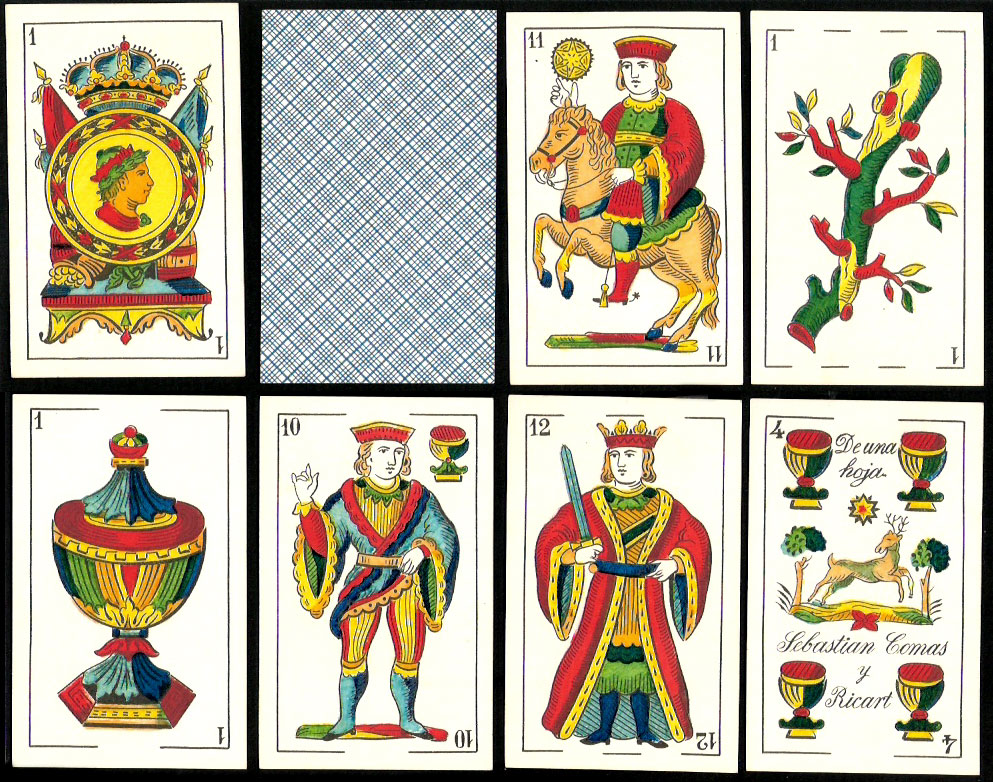
Right: standard Catalan pattern deck manufactured by Jaime Garcia Fossas (1854-1927) in Igualada (Barcelona), c.1904. The deck is titled ‘El León’ and the symbols of industry and commerce on the ace of coins include a beehive. The five of swords has the tax stamp. 48 cards. Reference Iris Mundus 1135a.
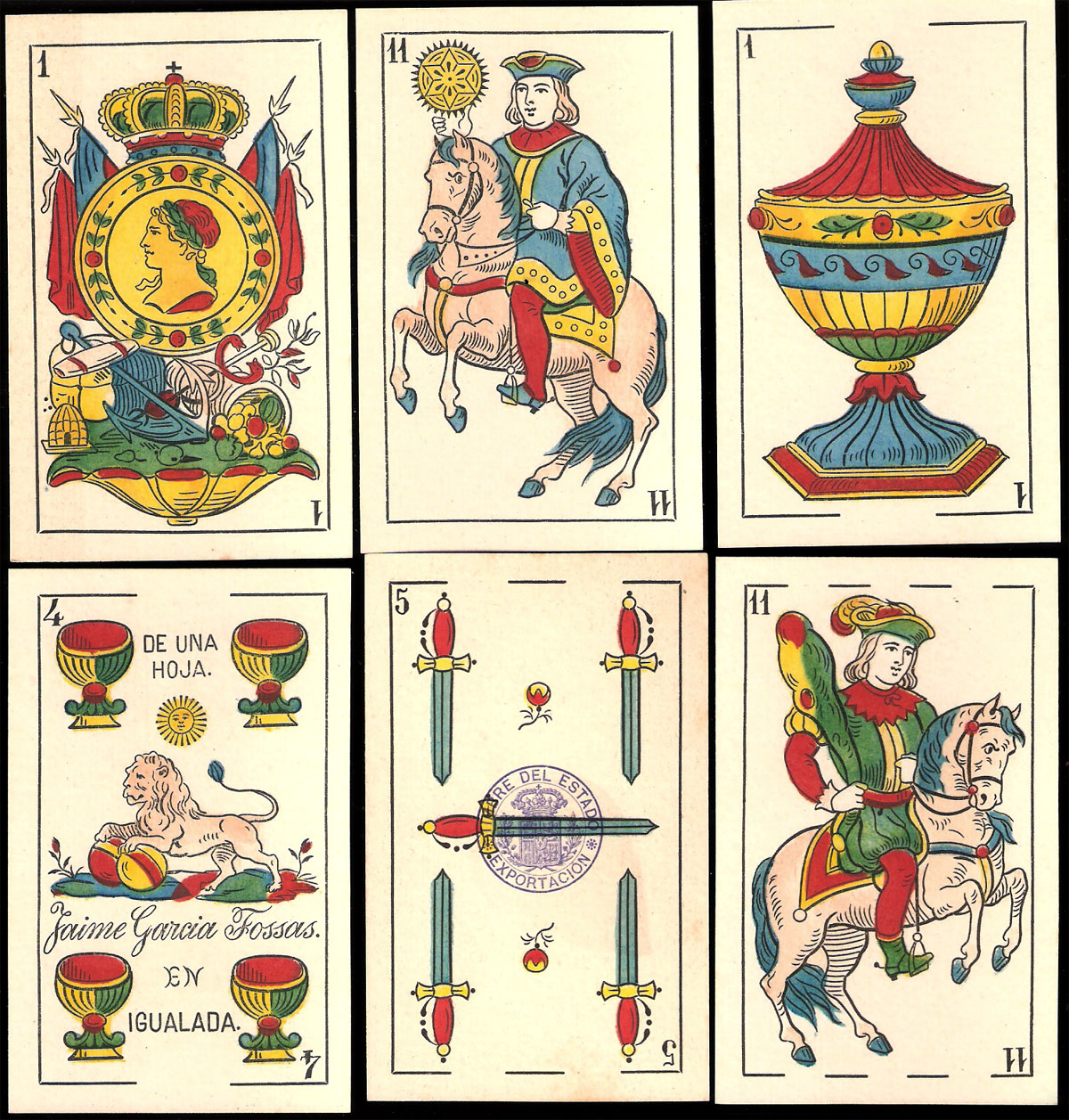
By Simon Wintle
Spain • Member since February 01, 1996 • Contact
I am the founder of The World of Playing Cards (est. 1996), a website dedicated to the history, artistry and cultural significance of playing cards and tarot. Over the years I have researched various areas of the subject, acquired and traded collections and contributed as a committee member of the IPCS and graphics editor of The Playing-Card journal. Having lived in Chile, England, Wales, and now Spain, these experiences have shaped my work and passion for playing cards. Amongst my achievements is producing a limited-edition replica of a 17th-century English pack using woodblocks and stencils—a labour of love. Today, the World of Playing Cards is a global collaborative project, with my son Adam serving as the technical driving force behind its development. His innovative efforts have helped shape the site into the thriving hub it is today. You are warmly invited to become a contributor and share your enthusiasm.

Related Articles
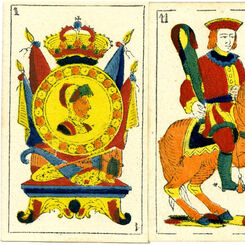
José Maria Durán
Spanish Catalan pattern by José Maria Durán, Barcelona, c.1870.
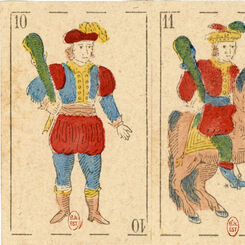
Pou y Cía
Catalan pattern made by Pou y Cía, Madrid c.1860.
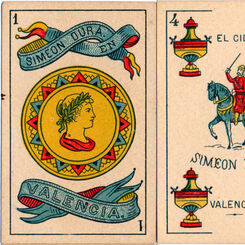
‘El Cid’ by Simeon Durá, Valencia, Spain
‘El Cid’ playing cards manufactured by Simeon Durá, Valencia, Spain.

Heráldica Castanyer
Spanish Catalan pattern No.6 by Heráldica Castanyer, Sabadell (Barcelona), c.1980.

Cartes à Jouer Espagnoles
Cartes à Jouer Espagnoles Héron - Catalan pattern.
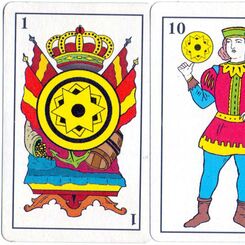
Mas-Reynals Catalan Pattern
Mas-Reynals standard Catalan pattern comes in several slightly different versions.
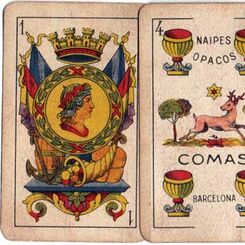
El Ciervo N°4
“El Ciervo” No.4 manufactured by Hija de Antonio Comas during the Spanish Civil War, with mural crow...
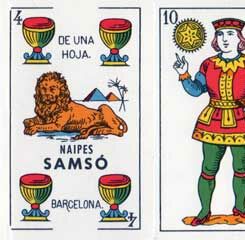
Naipes Samsó N°2-S
Naipes Samsó published by N.E.G.S.A. (Barcelona) c.1965.
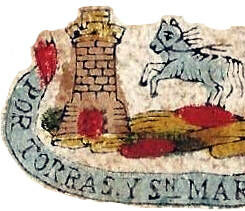
Torras y Sanmartí
Torras y Sanmartí y Cía, Barcelona, 1830.
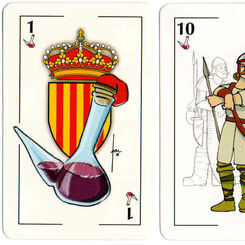
Catalan Playing Cards
With a distinct history stretching back to the early middle ages, many Catalans think of themselves ...
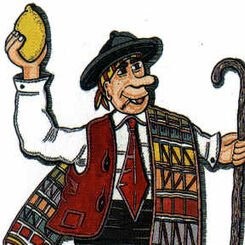
Capel Vinos
Advertising playing cards for Capel Vinos S.A., manufactured by Naipes Comas, 2001.

S. Giráldez, Barcelona
Standard Spanish Catalan pattern playing cards by S. Giráldez, Barcelona, c.1905.
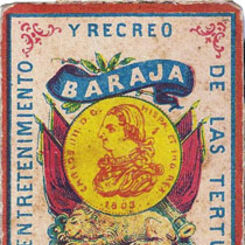
Baraja de Amor
Hijos de José Garcia Taboadela was a book-seller who also published this charming pack of lovers' fo...
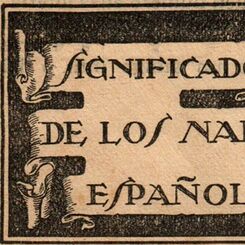
Significado de los Naipes Españoles
Cartomantic meanings of Spanish playing cards by Benita the Witch (XVI century), published by Chocol...
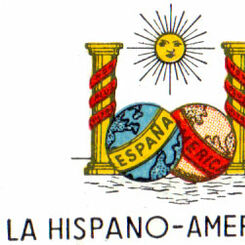
Juan Roura, Barcelona (1872 - 1962)
Juan Roura produced a range of popular designs including Catalán, Castilian and Cádiz patterns for d...
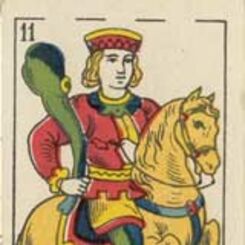
Sebastian Comas y Ricart, Barcelona
“El Ciervo” standard Catalan-type pack made in Barcelona by Sebastian Comas y Ricart, c.1905-10.
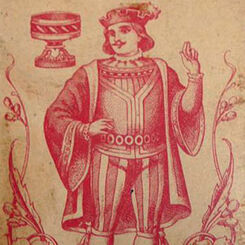
Naipes Comas
Naipes Comas 1797-1992.
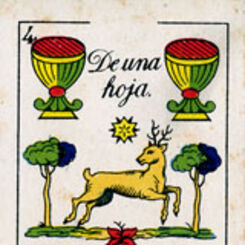
El Ciervo, c.1930
Sebastian Comas y Ricart - Hija de A. Comas “El Ciervo” Spanish Catalan pattern, c.1930.
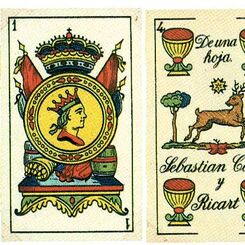
Paraguayan Playing Cards
Playing Cards in Paraguay
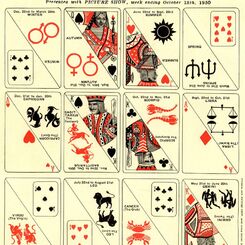
Picture Show — Zodiac Fortune Telling Cards
Zodiac Celebrities fortune-telling cards presented with 'Picture Show' magazine, 1930. The cards wer...
Most Popular
Our top articles from the past 60 days


